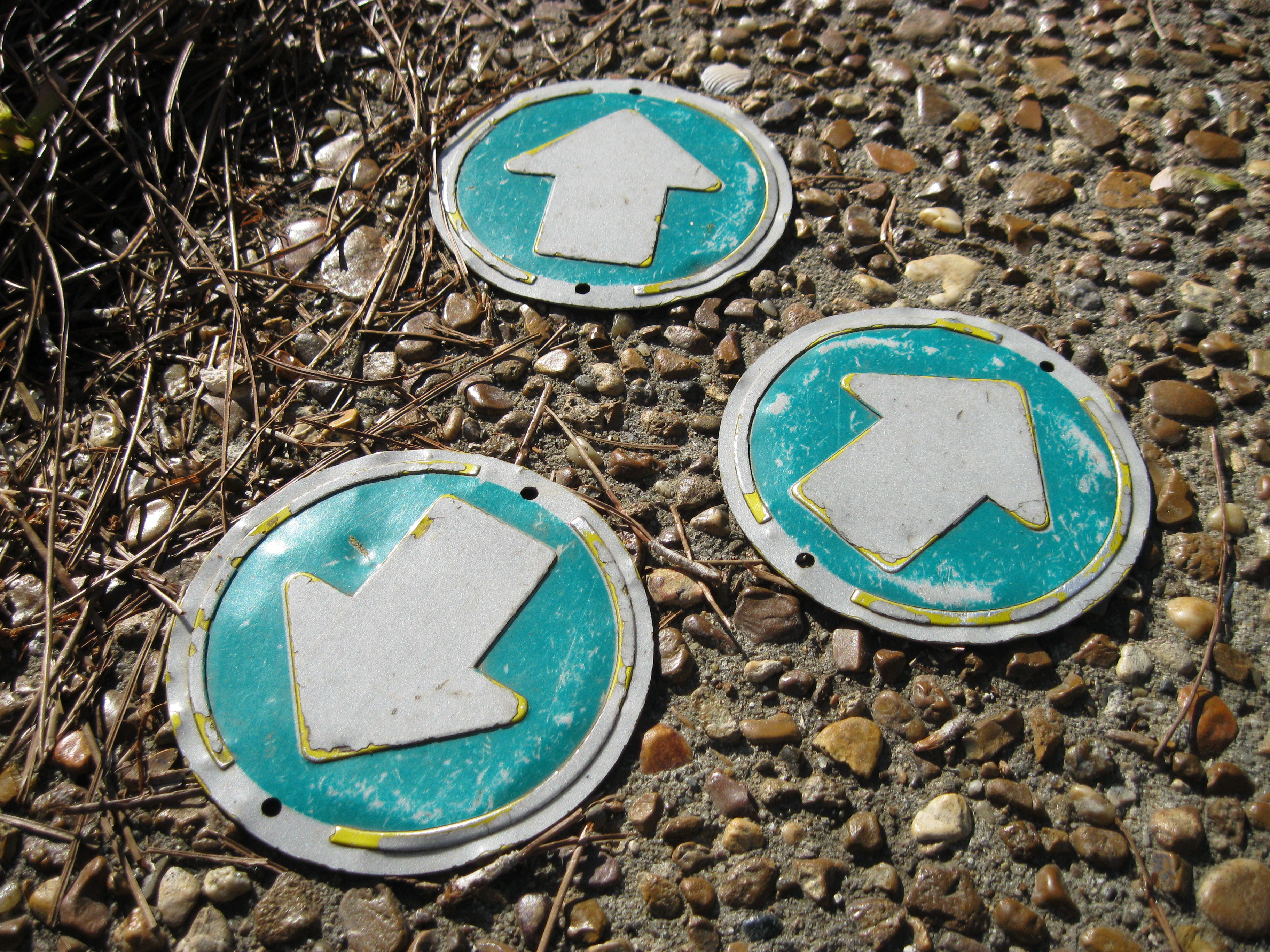Throughout my journey in flipped and mastery based learning, I’ve come across many apps, websites and tech tools. I routinely joined the Early Adopter crowds for a lot of wonderful tools. Nowadays, I rarely add a new tool. I much rather mimic the behavior within my LMS or Google Drive ecosystems - even if performed in an inferior way. Perusall may have broken through my apprehension.
I’ve been aware of Perusall for a couple of years or so. It is a social annotation tool that began with giving teachers the ability to assign texts and embedding questions and discussions withi the text. Students can add and respond to these annotations. Had I been an English teacher, I probably would have dove right into that early adopter pool. But since the majority of the content in my class is covered through flipped videos, there was only limited value added from that tool.
Even when Perusall began to include videos into their platform, I remained hesitant to embrace this tool. Yes, my students could benefit from greater interactivity in my videos. It is surely better than relying exclusively on basic checks for understanding through EdPuzzle or the post-video discussion forums or Google Forms assessments. But I’ve remained skeptical on just how MUCH better is the Perusall way of handling videos.
Two recent experiences have caused me to reconsider. During the pandemic, I’ve really been much more mindful of how I spend my face to face time. With the changes caused by remote learning, this time is scarce and more precious than ever. I’ve leaned more into student collaboration and discussion. I’ve also turned over class time for more student presentations this year. Student presentations are tough for me as a flipped teacher because I rarely use synchronous time to lecture anymore, so it stands to reason that using precious face to face time for student lectures is also problematic. But, presenting is an important skill, so I press on. I’ll come back to this idea later.
The second experience is the recent asynchronous conference: The Perusall Exchange. This was a two week conference about Perusall hosted on the Perusall platform. As far as I can tell, the presenters were all college professors who use Perusall to support student learning. On the first day, I “attended” two presentations. These presentations were actually flipped videos created by the professors and posted within a course hosted on Perusall. The presenters posted questions and discussion starters, while audience members responded and participated. Audience members also asked questions to presenters, who were able to respond mostly asynchronously. Perusall allows for comment tagging and also lets you know who else is watching the same video. This was truly an innovative and interesting professional development experience. I was able to learn at times convenient for me. But I’ve also been able to interact with the presenters, evidenced by a response to a comment I left at 5am on the first day.
One idea I’m excited about is offloading the student presentations to videos. This is not a new idea. I’ve done this before with limited success because student peers had limited engagement with student created videos. The logistics were tough to figure out. How can I encourage legitimate engagement with student created videos and hold students accountable? How can I help student presenters encourage engagement with their content? If my student presenters post their videos to a class on Perusall, then I can help presenters create engaging questions and prompts throughout the video, give peer audience members guidance about how to engage and hold the audience accountable for their level of engagement. When students create presentations, I’m not as interested in whether peers can answer factual content questions, as they would with my videos. Rather, I’m interested in peers being engaged with the provocative questions and issues presented by other students. (To be clear, I am also interested in students engaging with my videos in this way as well, but the entire learning cycle of activities are designed to elicit this deep and rich application of the content I present. I don’t have the luxury or even desire to create these post video activities aligned with student presentations. Rather, I need a quick yet powerful mechanism for students to engage with their presentations of their peers.) Perusall appears to address this need.
The beauty and unintended consequences of this approach is now it would absolutely make sense to make the most of Perusall. Prior to using Perusall for engagement with student created content, using Perusall for the ocasional article or text within my class did not seem worth the hassle. Adding this function with Perusall now makes a lot of sense and I'm looking forward to testing this in the new school year.



















